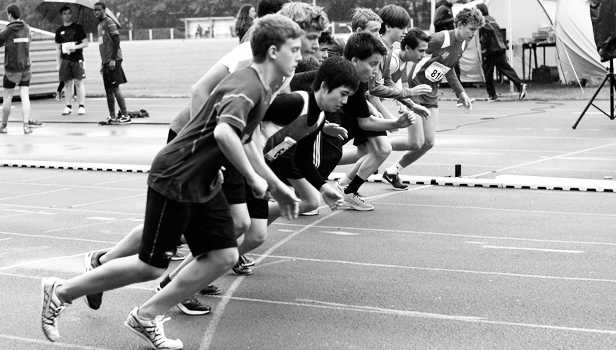
Before I begin, I’d like to clarify that this article isn’t a rant despite the fact that I am a passionate and angry Pittsburgher. (Maybe it’s the ten days of sun that we get each year?) Nevertheless, my article is going to provide you with several science-based resources as well as my own experiences in coaching athletes in the real world. I’m annoyed typing that because it’s not really the norm in terms of what I’ve been reading on the internet as of late.
I’ve talked and complained about these stupid training tools in the past, but they keep popping up again and again. It seems that I see a video every day. I know - just stop watching, right? However, I’ve gained a lot of knowledge through my social network on Facebook. My anger, annoyance, and frustration doesn’t center around elbow position on a squat or specific hand placements in a jump or sprint. It’s not even about whether athletes should back squat, box squat, front squat, or deadlift. My “voice” is a pissed off one. Some of the things I continue to see trainers and coaches do, that are quite dangerous and will injure athletes, anger me.
My goal is to provide you with factual data and resources to support the facts, not the opinions of many. With so many things involving physical preparation and the amount of time that athletes have to actually train, do we really need to do more “things”? I’m not from one school of thought or another. I follow the results school and that has led me to follow many elite track coaches. In the track world, you are either performing faster, higher, or further. There is no bullshitting the tape or clock. Plus, that world is much more open about what they are doing with athletes.
The first topic I will discuss is balance training. It’s done by many who think that balance training needs to be done outside the PT room. In the second part, I blow up speed and agility ladders. In part 3, I will discuss overspeed treadmills and how they belong on Dr. Oz, not in the tool belt of a real athlete looking to improve speed.
All of that being said, I accept making mistakes as a coach. I learn and move on. All of the good coaches do. I personally bought into the rear elevated split squat argument (RFESS). I had 190-pound males pumping 275 pounds for 8 reps on each leg...and then the injuries and “tweaks” started to happen. Luckily, I had the foresight to back away from them before any of my athletes had a serious problem. I “drank the kool aid” from someone I looked up to, and I was wrong in doing so. I took an accessory exercise and made it a core/main movement. Fortunately, I realized my mistake before an athlete suffered from my naivety.
If you aren’t doing sure what you should be doing to replace these bad “tools," then get in touch with me and I’ll provide you with resources to improve your knowledge base in order to provide your athletes with transferable qualities to their sport. In fact, many are available on this site. It’s not about me knowing and telling you, it’s about you investing in these resources and becoming a better coach. For the record, I don’t have a product nor am I connected to any product on the market. I’m just a coach with an open mind and a passion for the truth.
Stupid Training Tool #1: “Balance Training”
Is there any benefit to jumping onto a Swiss ball? How about catching a ball while standing on a Swiss ball or Bosu Ball? How about squatting on a Swiss ball? Yes, trainers continue to do all of these thing. There’s risk vs. reward with any exercise or form of training. Flying is more dangerous than walking, but we accept the risk if we want to travel quickly. Squatting with weight is more dangerous than performing a bodyweight squat. The benefit to comparatively heavy compound movements far outweighs the risk when performed properly with a qualified coach.
Why Are We Still Training Balance?
Trainers think that balance training works. Maybe they are PTs who are weak (have never trained) and are comfortable with the results they see in the rehab setting, which obviously isn’t translating to performance. Rehab is rehab and it’s an essential part of the recovery process from an injury. Perhaps it is a dad looking for an edge, and he doesn't want to study what really works since he thinks that it’s easy to train an athlete. Maybe it’s someone who likes to work out and thinks he could train athletes. That’s all a very limiting paradigm. The problem is that these individuals don’t understand the difference between balance and stability. Those things aren’t covered in the weekend certifications. Fake gurus are using pseudo-science to justify their means while selling balance products on their sites. You won’t see a decent athlete having problems with balance.
A 12- to 15-year-old athlete may look like a baby horse standing for the first time when he runs or moves. However, the reason these athletes are “weak as kittens” and can’t stabilize their bodies is often because they have just gone through or are experiencing a growth spurt. I like to call this the “praying mantis effect.” Their limbs have lengthened, and they don’t possess the strength to handle their bodies when accelerating and decelerating. I’ve made an argument that they’d fail a field sobriety test despite without having a sip of liquor. Despite these facts, “we” allow them to continue to play in year-round games, without training them in any way, and yet we wonder why they get injured.
Stability vs. Balance
Todd Hardgrove, who is a bit of a motor learning guru (non-scientist), makes some great points regarding stability in his book, A Guide to Better Movement. His book, however, isn’t about balance training or stability; it’s about moving fluidly without pain. He states:
“Stability is also necessary to optimize channeling of force into a target. You may have heard the phrase,’ You can’t shoot a cannon out of a canoe.’ If the canoe is not stabilized, the force of the cannon will be wasted on moving the canoe backward instead of the cannon ball firing forward. The same thing happens when the joint on one end of a moving bone fails to stabilize. The energy of the muscle contraction will be wasted on moving two bones instead of just one. The canoe analogy also makes clear that timing matters. Stability needs to be provided before the cannon fires, not after. Stability is also a prerequisite for accurate movement. Stabilizing the non-moving parts reduces the variable the brain has to deal with in predicting the consequence of muscle contraction. Imagine the difficulty of texting while riding a horse. No stability equals auto-correct disaster. A final point on stability is that it does not imply rigidity. In most cases, joints that are involved in a stability function are not completely rigid or motionless. Instead there is usually some small amount of motion required for optimum function.” (1)
Wisconsin’s Ice Hockey Strength and Conditioning Coach, Jim Snider, is a brilliant and practical expert. During a presentation at the BSMPG in Boston in 2011, he outlined the misconceptions of balance verses stability (2). In the hockey world, we both deal with this misconception with regularity.
If you disagree with his science, go to a local rink and watch an 8- to 10-year-old AAA Club Ice Hockey Player skate. However, to save you the trip, I will tell you that these athletes' feet don’t wobble in their skates. They might play “beehive hockey,” but they sure don’t have a need for balance training. If someone can skate, then they don’t have a balance problem. I ask the question, “Once the body learns to skate or learns the balance of a new movement, then do you need balance training?” It centers on motor learning which has become a “rabbit hole.” For me, the more that I learn, the wider and deeper the hole becomes.
According to sprint biomechanics expert, Ralph Mann Ph.D., elite sprinters produce upwards of 367 pounds of force per foot when at top speed (3). If they do not possess stability in the legs through the trunk, then they would essentially be stepping into quick sand and running 15-second 100m, not 9-second 100m. What team sport is played on a surface that is unstable? Outside of the outdoor hockey games where weather is an issue, our athletes aren’t playing in quick sand. Even in board sports where the surface could potentially be considered unstable, I argue that there isn’t a need for specific training for 99% of that population since so few of them actually train. General and specific exercises would yield awesome results out of the gate.
Does Balance Training Produce Performance Improvements? Research Says…
From a training perspective, Jessica Levin does a nice job of summarizing Eric Cressey’s work on the matter. Taken from "The Truth about Swiss Balls," an article written by Jessica Levin for Postgame.com, “The study found that performing half of the exercises in a training program on a Bosu ball not only didn't offer a group of Division II soccer players any fitness advantage in terms of speed or agility, it actually decreased their jumping ability. The new findings back up research first done by Eric Cressey, president of Cressey Performance in Hudson, Massachusetts, and the author of The Truth about Unstable Surface Training. In his study published in The Journal of Strength and Conditioning Research in 2007, Cressey found that adding unstable surface training, even when it took up just two percent of a strength and conditioning program, curbed overall speed and agility gains. On a 40-yard sprint, for example, the regular training group improved their times by 3.9 percent, while the unstable group improved by only 1.8 percent.” Eric Cressey wrote entire book on the topic. If you would like more information on it, I suggest reading his book.
So much for having one’s life centered around a Bosu ball or balance disk. Balance training does have merit which is specified to a rehabilitation environment. Now that I have laid that out, why on earth would a trainer have an athlete stand on a swiss ball? It still happens and it happens more than you think. It actually happens at two facilities here in Pittsburgh. It could also be happening in your town. Some coaches will get upset with me in regards to “calling out another coach” because it’s unprofessional. However, my priority is the athlete. That’s who I care about. I’m going to call out someone who is putting the athlete at risk. In this case, serious risk. When 14- to 16-year-olds are getting ACL surgery and Tommy John surgery and missing years of school from concussions, then I’m going to say something when I see something idiotic being done.
Swiss Ball BS
With that being said, let’s take any potential performance benefit out of the conversation in regards to standing on a swiss ball. The risks far outweigh any benefit. First of all, what if they fall? The injury potential is endless. The athlete would be falling out of control from more than two feet in the air and landing on any one of the following body parts: hand, wrist, elbow, shoulder, ankle, knee, hip, lower back, and most importantly the head. I know of a female high school soccer player who sustained a concussion while playing. It’s been over a year since she sustained the concussion, and she needs to wear sunglasses 24/7. She still has a hard time reading a computer screen without getting headaches, and she was a 4.0+ student. Thankfully, some of her teachers will go to her house and help with assignments and teach on their own time and dime. (What great teachers!)
After showing one of my ice hockey goalies an entertaining video of a football player playing catch while standing on a swiss ball, he jokingly said, “I need to do that on the ice and have someone shoot pucks at me.” He’s a high school aged kid and understands how stupid that concept is for improving performance.
Final Thoughts on Balance Training
If it’s not going to improve performance, if 99.9% of athletes perform their sport on stable surfaces, and if it will impede the progress from other training, then why do it? These senseless training methods need to stop.
Finally, why risk serious injury and a possible concussion for “bragging rights” for the ability to do something that is extremely stupid. World-renowned strength guru (yes, a real guru), Dan Baker, said in either a recent interview or seminar that (paraphrasing here) “In Australia the strength coaches don’t do that crap. That’s saved for the personal trainers who are less educated and need 'fluff' to get and keep clients. Strength coaches are paid for results.” He would know since he’s a Ph.D., the father of Australia’s NSCA, and has four AFL titles.
References:
- Hardgrove, Todd. "Defining Better Movement." A Guide To Better Movement. 1st ed. Vol. 1. Seattle: Better Movement, 2014. 14-16. Print.
- http://www.neuroexplosion.com/
blog/2011/10/17/dryland- skating-specific-speed- training-for-hockey.html - Mann Ph.D, Ralph. The Mechanics of Sprints. 2011 ed. Las Vegas, 42. 2011. Print.
Scott Umberger is a physical preparation coach and the owner of Umberger Performance in Pittsburgh, PA. He's worked with youth athletes all the through a 36-year-old two times Stanley Cup Winner. He's an advocate for revamping our current (non existent?) youth development system, the entire amateur sports system, and trying to make America more healthy. As a washed up meathead he competes in powerlifting (gear whore) and has run a Tough Mudder. He can be reached via his email (scott@umbergerperformance.com









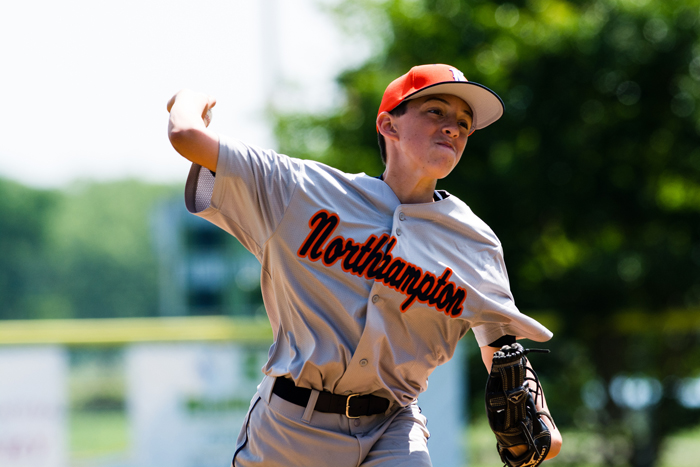
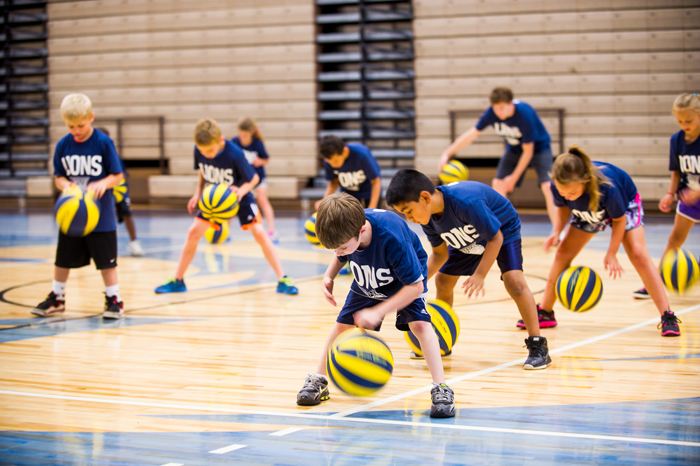
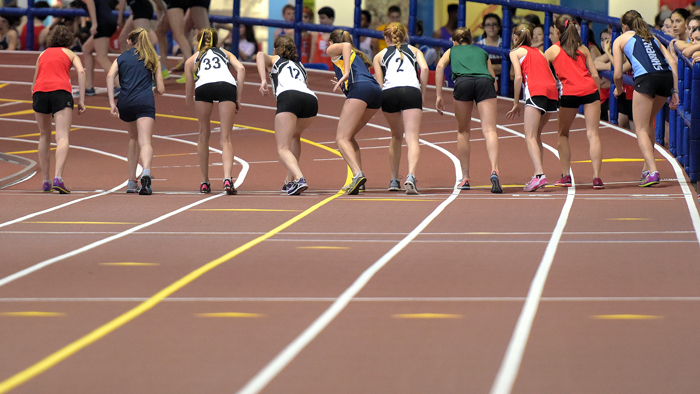
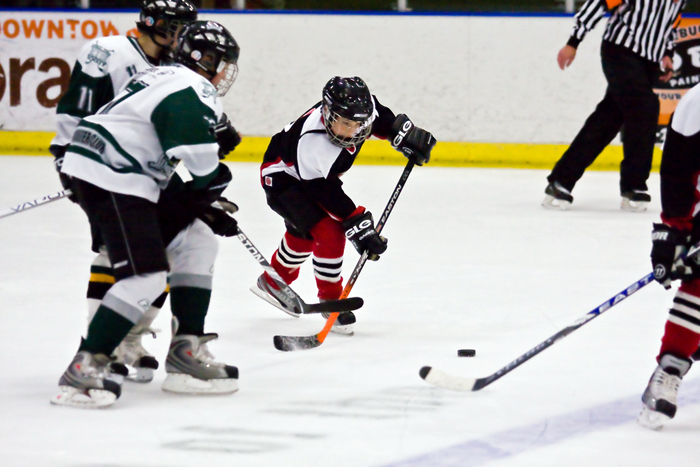
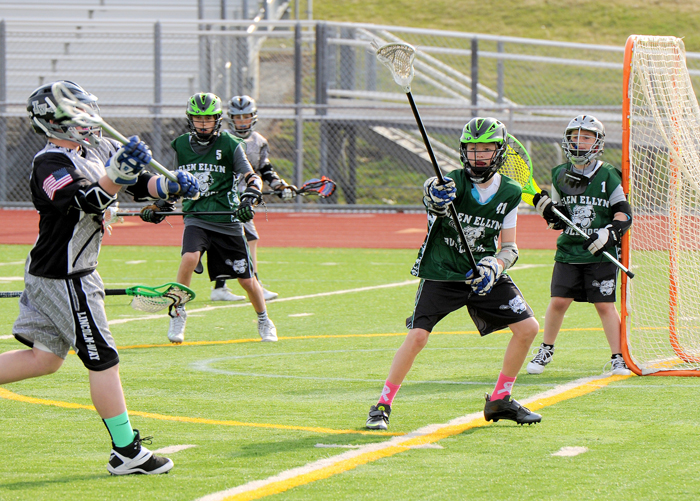
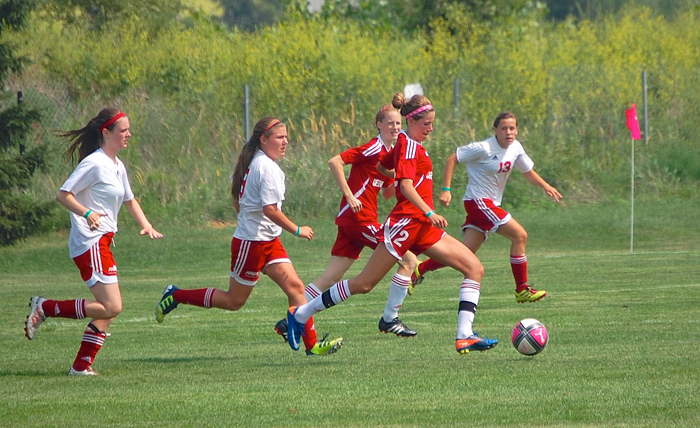
3 Comments